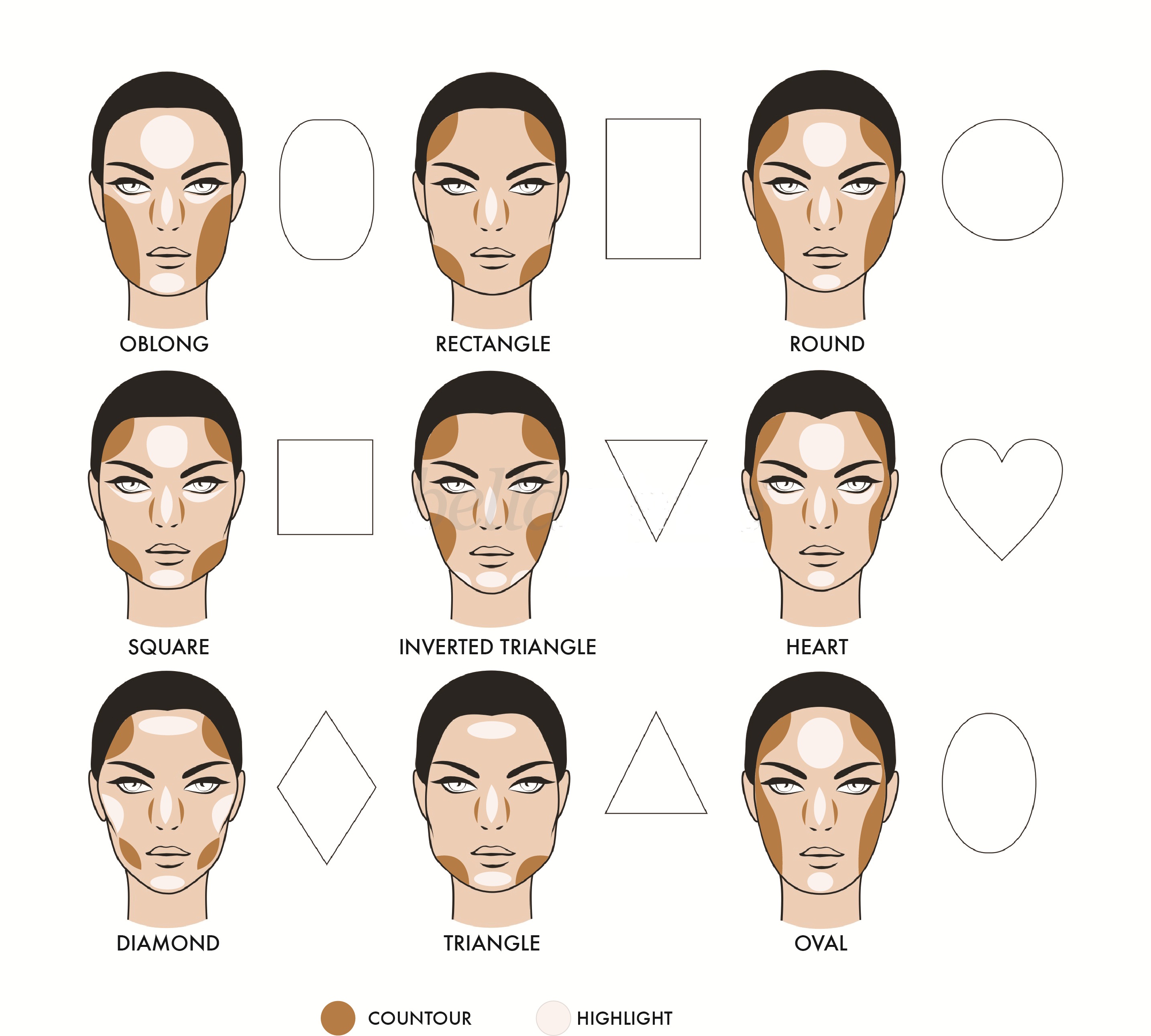

This is a complex and sometimes inaccurate method for determining if a part is symmetrical. Usually, to measure symmetry, a CMM is set up to calculate the theoretical midpoint datum plane, measure the surfaces of both required surfaces, and then determine where the midpoints lie in reference to the datum plane. Due to its tolerance zone being constrained to a virtual plane, you cannot have a gauge to properly measure this feature quickly. The median points of the symmetrical surfaces must all lie within this zone.Īs stated before, symmetry is very difficult to measure.

Parallel Planes on equal sides of a central datum plane.
#POSSESS FAIRLY PERFECTLY CONTOUR MEANING IN HINDI VERIFICATION#
Symmetry is not a very common Geometric Dimensioning and Tolerancing callout since it has very limited functional uses (centering location is done with Position) and the verification and measurement of symmetry can be difficult (See: Final Notes). If you take all the midpoints of the entire surface, this must lie within the tolerance zone to be in specification. Each set of points on the reference features would have a midpoint that is right between the two. An established “true” central plane is established from the datum and for the symmetry to be in tolerance, the median distance between every point on the two surface features needs to fall near that central plane. GD&T Symmetry is a 3-Dimensional tolerance that is used to ensure that two features on a part are uniform across a datum plane.

GD&T Symbol: Relative to Datum: Yes MMC or LMC applicable: No Drawing Callout: Description:


 0 kommentar(er)
0 kommentar(er)
